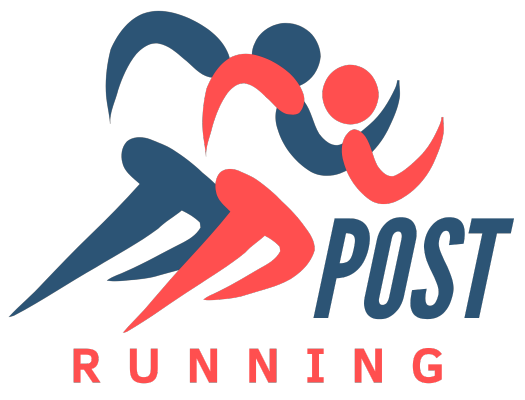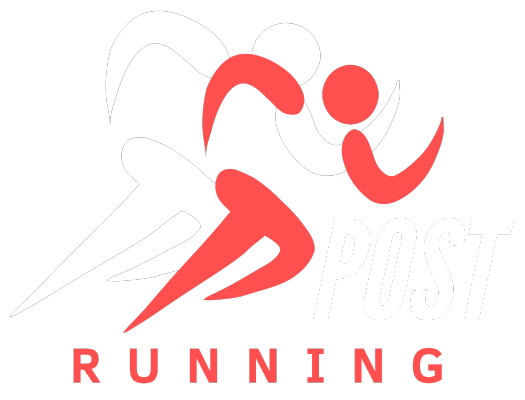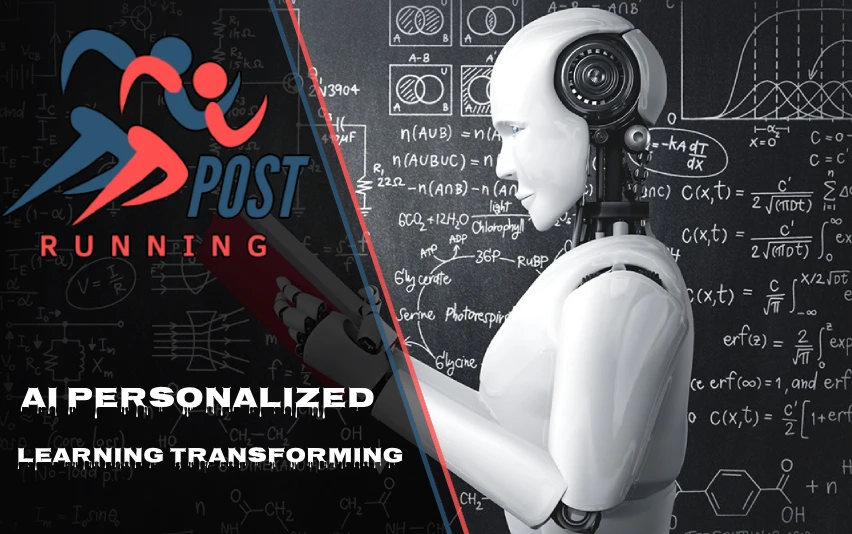Project Based Learning (PBL) is revolutionizing education by transforming traditional classrooms into dynamic, real-world learning environments. This innovative teaching method engages students in meaningful projects that develop critical skills and enhance knowledge retention. As we delve into the world of PBL, we’ll explore its definition, history, key components, benefits, implementation strategies, and challenges.
What is Project Based Learning?
At its core, Project Based Learning is an instructional strategy that puts students in the driver’s seat of their education. Instead of passively receiving information, learners actively engage in projects that span extended periods. These projects aren’t just busy work; they’re carefully designed to address complex questions or challenges that often mirror real-world scenarios.
Imagine a classroom where students are tasked with designing a sustainable city. They’re not just memorizing facts about urban planning; they’re applying knowledge from various subjects, collaborating with peers, and developing solutions to authentic problems. That’s the essence of PBL.
This approach shifts the focus from teacher-centered instruction to student-centered learning. It encourages learners to take ownership of their education, fostering independence and self-motivation. By working on projects that matter, students see the relevance of their studies and become more invested in the learning process.
History and Evolution
The roots of Project Based Learning stretch back to the early 20th century, with educational reformers like John Dewey championing experiential learning. Dewey believed that education should be grounded in real-life experiences, a philosophy that laid the groundwork for PBL.
However, it wasn’t until the late 20th century that PBL gained significant momentum. This surge coincided with advancements in technology and shifts in educational philosophy. As our understanding of how people learn evolved, so did our approaches to teaching.
Today’s PBL has come a long way from its early incarnations. It’s been supercharged by digital tools that open up new possibilities for research, collaboration, and presentation. Modern PBL also addresses 21st-century challenges, preparing students for a rapidly changing world by developing skills like critical thinking, communication, and adaptability.
Key Components of PBL
Project Based Learning isn’t just about assigning projects; it’s a structured approach with several key components:
- Driving question or challenge: Every PBL unit starts with a central question or problem that guides the entire project.
- Sustained inquiry: Students engage in an extended process of asking questions, finding resources, and applying information.
- Authenticity: Projects are designed to have real-world relevance, addressing genuine issues or challenges.
- Student voice and choice: Learners have a say in what they create and how they work, fostering ownership and engagement.
- Reflection: Regular opportunities for students to think about what they’re learning and how they’re learning it.
- Critique and revision: Students give, receive, and apply feedback to improve their work.
- Public product: Projects culminate in a public presentation or product, adding purpose and motivation to the work.
These components work together to create a rich, engaging learning experience that goes far beyond traditional classroom instruction.
Benefits of Project Based Learning
The benefits of PBL are numerous and far-reaching. Here’s why educators and students alike are embracing this approach:
- Improved critical thinking and problem-solving skills: By tackling complex, open-ended problems, students develop higher-order thinking skills.
- Enhanced collaboration and communication abilities: Group projects and presentations hone teamwork and communication skills essential in today’s workforce.
- Increased student engagement and motivation: When learning is relevant and hands-on, students are more likely to be invested and enthusiastic.
- Better retention of knowledge: Active learning leads to deeper understanding and longer-lasting retention of information.
- Development of real-world skills: PBL bridges the gap between classroom learning and real-world application, preparing students for future careers.
These benefits aren’t just theoretical. Research has shown that students in PBL classrooms outperform their peers in traditional settings on measures of content knowledge and skills development.
Implementation of PBL
Implementing Project Based Learning requires careful planning and execution. Here’s a step-by-step guide to bringing PBL into the classroom:
- Start with a compelling driving question: This question should be open-ended, challenging, and relevant to students’ lives or interests.
- Allow students to plan and conduct research: Provide resources and guidance, but let students take the lead in finding information and developing their approach.
- Incorporate hands-on activities: Include practical, experiential elements that allow students to apply their learning.
- Encourage collaboration among students: Create opportunities for group work and peer feedback.
- Integrate multiple disciplines: Show how different subjects interconnect by incorporating elements from various fields into the project.
- Provide opportunities for reflection and revision: Build in checkpoints for students to assess their progress and refine their work.
- Culminate with presentations or sharing of results: End the project with a public showcase where students can present their work to an authentic audience.
By following these steps, educators can create a rich PBL experience that engages students and promotes deep learning.
Challenges and Considerations
While Project Based Learning offers numerous benefits, it’s not without its challenges. Here are some key considerations for educators implementing PBL:
- Careful planning and time management: PBL units often take more time than traditional instruction, requiring thoughtful scheduling and pacing.
- Changes in assessment methods: Traditional tests may not adequately capture the skills and knowledge developed through PBL, necessitating new assessment approaches.
- Adaptability from teachers and students: Both educators and learners may need to adjust their roles and expectations in a PBL classroom.
- Resource requirements: Some projects may require additional materials or technology, which can be a challenge for schools with limited resources.
- Balancing guidance and independence: Teachers must find the right balance between providing structure and allowing student autonomy.
Despite these challenges, many educators find that the benefits of PBL far outweigh the difficulties. With proper planning and support, these obstacles can be overcome.
Conclusion
Project Based Learning represents a powerful shift in education, moving away from rote memorization towards active, engaged learning. By immersing students in meaningful projects, PBL develops critical 21st-century skills while deepening understanding of core content.
As we’ve explored, PBL offers numerous benefits, from improved critical thinking to enhanced student motivation. While implementation can be challenging, the rewards for both students and educators are substantial.
In a world that increasingly values creativity, collaboration, and problem-solving, Project Based Learning provides a framework for preparing students not just for tests, but for life. As education continues to evolve, PBL stands out as a dynamic and effective approach that aligns with the needs of modern learners and the demands of the future workforce.
By embracing Project Based Learning, we’re not just changing how we teach; we’re transforming how students learn, grow, and prepare for the challenges that lie ahead. It’s an investment in our students’ futures, equipping them with the skills and mindset they need to thrive in an ever-changing world.
Discover more fascinating insights—explore Running Posts today.












